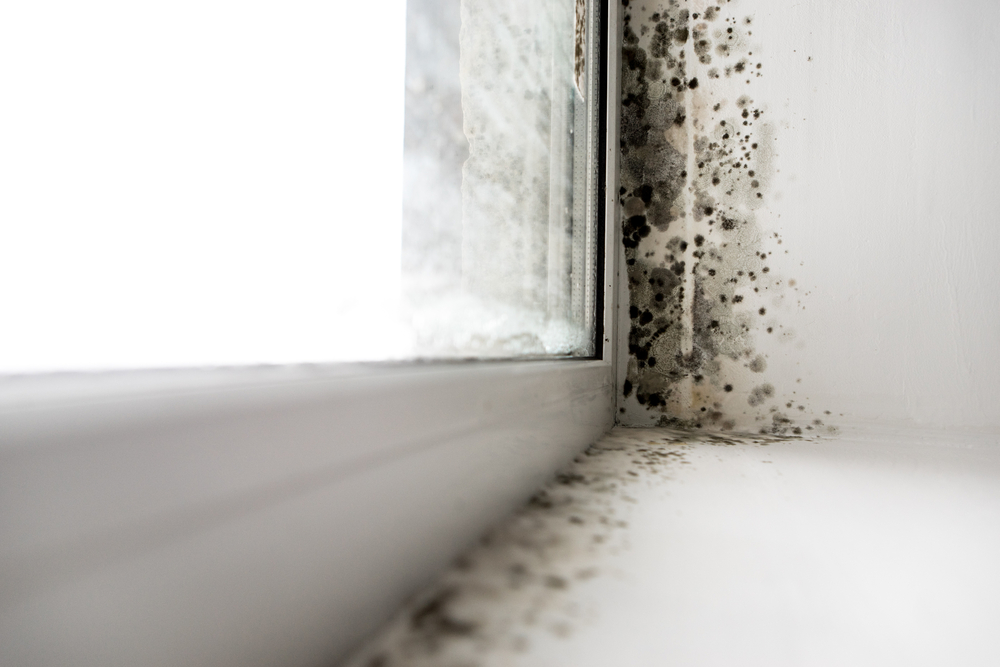
As our summer months unfold, we are faced with the extreme conditions that this season brings, but also with an often-overlooked challenge – mould. While the stereotypical impression of our Australian summers is one of harsh and dry heat, the unique patterns of our climate and the negative effects of climate change make our summers more wet and humid with each passing year. These conditions are unfortunately the perfect breeding ground for mould growth, which is a big problem for our homes and workplaces. This month, we explore the sometimes underestimated relationship between summer and mould by shedding light on the factors that contribute to mould growth, the potential risks involved, and the environmental services that you can call upon if you have a mould problem.
Understanding our Climate
The vast size and diverse geography of our country contribute to a varied climate. While parts of the country generally experience warm, dry summers, regions with a tropical climate, such as Queensland and the Northern Territory have higher levels of humidity during summer. Southern states like Victoria generally have sporadic rainfall and some humidity in summer. However, this year many regions of Australia have been experiencing both an El Nino climate event meaning warmer temperatures, as well as more rainfall, which unfortunately means humid conditions, and potentially, more mould.
Ideal Conditions for Mould Growth
Mould is a type of fungus, and it thrives in environments with moisture and warmth. While mould growth can be associated with damp winter conditions, our summer months present another set of challenges. When humidity levels are high, rain is intermittent and temperatures are variable, this can create a microclimate in which mould can flourish and thrive. Even in seemingly dry regions, summer can bring unexpected rainfall which leads to higher levels of moisture in the air, and therefore, in homes and buildings.
Health Implications of Mould
The negative implications of mould on health are well-documented. Mould spores can trigger allergic reactions and respiratory issues, and they can exacerbate existing conditions like asthma. Some species of mould also produce mycotoxins which can pose even more severe health risks. We tend to spend a lot of time indoors during summer, usually to escape the heat, and so the potential for exposure to mould increases.
Impact on Infrastructure
Beyond health concerns, mould can also wreak havoc on buildings and infrastructure. Mould has a hungry appetite for organic materials, like wood, plasterboard, and insulation, and in the summer the heat can exacerbate the drying out of materials after periods of moisture. Unfortunately, this creates an environment where mould can quickly colonise and proliferate.
Common Culprits
Certain areas within the home are more vulnerable to mould growth, especially in summer. Bathrooms with their high humidity levels and potentially limited ventilation can quickly become breeding grounds for mould. Moisture from showers or baths, combined with hotter temperatures creates the ideal environment for mould to grow – particularly on surfaces like tiles and grout. In addition, our air conditioning units provide much-needed relief from the high temperatures, but they can also contribute to mould issues. As they cool the air, they remove moisture, and if air conditioners are not properly maintained or if there is inadequate drainage, the collected moisture can create the perfect conditions for mould growth. This can happen within the air conditioner ducts, or around the unit itself.
Prevention Strategies: How to Have a Mould-Free Summer
1: Ventilation is Key
Always ensure proper ventilation in bathrooms, kitchens, and other areas prone to moisture. You can do this by using exhaust fans, opening windows, and ensuring adequate airflow to prevent the accumulation of humidity.
2: Regular Maintenance of Air Conditioners
You should schedule regular maintenance for your air conditioner, including cleaning filters and checking for any water accumulation. Consider using dehumidifiers in areas where air conditioning alone might not be sufficient.
3: Promptly Address Leaks
Whether you have a leak from a leaky roof, a burst pipe, or a malfunctioning appliance, any pooling water must be promptly addressed. Even small leaks can create great conditions for mould growth.
4: Control Indoor Humidity
You can also consider investing in a dehumidifier to maintain indoor humidity levels below 60%. Higher levels of humidity can foster mould growth.
5: Sunlight Exposure
Where possible, allow sunlight into spaces that are prone to mould growth, like bathrooms. Sunlight actually has anti-mould properties and can inhibit the growth of mould spores.
6: Regular Cleaning
Regularly disinfecting and cleaning mould-prone areas, especially bathrooms and kitchens, is very important. You should pay careful attention to areas with poor ventilation, or that are susceptible to water splashes.
Do You Need Environmental Services?
If you are concerned about mould, need mould remediation, or are interested in finding out what environmental services can do for you, then get in touch with Alpha Environmental. We are proud to bring you over 23 years of industry expertise and to offer you e
nvironmental services that exceed the industry standard.
Contact us at 1300 039 181, or fill out our online contact form and we will get back to you.




